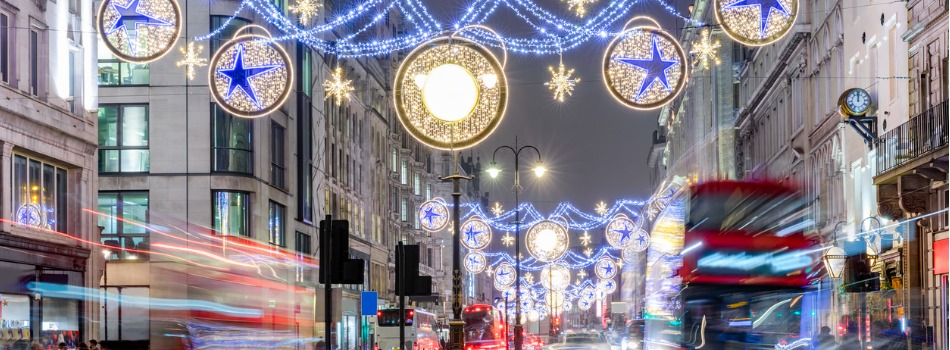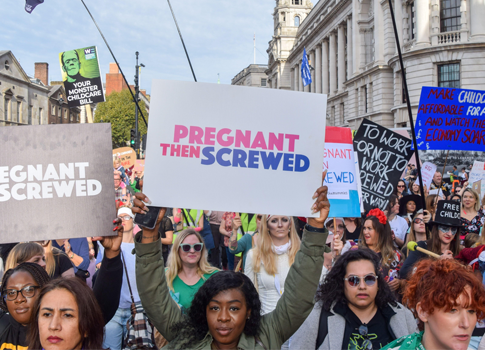When it comes to advertising trends, the holiday season is no exception. In fact, the festive season holds its own share of unique patterns that mirror public attitudes and economic situations.
Most notably, is the reoccurring trend that Christmas advertising campaigns start earlier each year; a pattern which has been noticed by the public and has generally gained negative feedback. Indeed, on 31st October our TV screens were filled with Halloween advertising, however only one day later did we see the first rollout of this year’s festive advertising campaigns, almost eight weeks before Christmas. One case study is Freemans, the digital department store, which rolled out its Christmas advertisement earlier than any other festive campaign throughout its 118-year existence. This demonstrates a growing need for marketers to get their messaging out quicker than ever, but what has caused this behavioural shift?
Why are Christmas adverts hitting our screens earlier than usual?
One reason Christmas adverts are launching earlier each year is due to the intense competition among retailers vying for consumer attention and spending during the festive season. Achieving this amidst a cost-of-living crisis presents a substantial challenge, given the significant impact of rising energy bills and food prices on household budgets.
As a result, the size of holiday celebrations is likely to be smaller this year. About 48% of Brits who usually celebrate Christmas plan to have smaller celebrations because of higher costs in their daily lives. Among these individuals, 19% are worried that Christmas will be more stressful than usual because of these extra financial concerns. These figures are reminiscent of last year’s statistics, where a comparable 20% reported feeling stressed about Christmas, indicating a sustained impact from the enduring cost-of-living crisis on consumer sentiment.
The cost-of-living crisis has therefore forced adaptations in advertising strategies, potentially leading to reduced budgets, simpler campaigns, a shift in messaging to address the financial concerns of consumers during the holiday season, and finally – going live with advertising earlier than usual.
What does this mean for advertisers?
Undoubtedly, the extended advertising timeframe holds immense importance for many marketers. This strategy enables retailers to extend the shopping period, potentially increasing sales and market share. With such economic uncertainty and brands competing for the limited consumer budgets, securing success this year might just pivot on effectively capitalising on the crucial eight-week period concluding the year.
Starting early allows brands to maximise exposure, build anticipation, and establish an emotional connection with consumers, aiming to influence their purchasing decisions ahead of the holiday rush. Additionally, earlier advertising can help mitigate challenges such as supply chain issues and potential disruptions, ensuring products are available when demand peaks closer to Christmas.
One thing is for sure; if the country is in economic uncertainty, the trend of Christmas adverts starting on 1st November is here to stay. It will be interesting to see if this pattern is one that will grow to apply to all holidays – it could well be that we start getting Valentines Day and Easter advertising from 1st January if so. Easter eggs have already begun to hit the shelves earlier each year, so could marketers catch up with this shift in retailers’ behaviour? It might be one trend to watch in 2024 as we continue to see the effects of economic uncertainty impact the consumer landscape.






